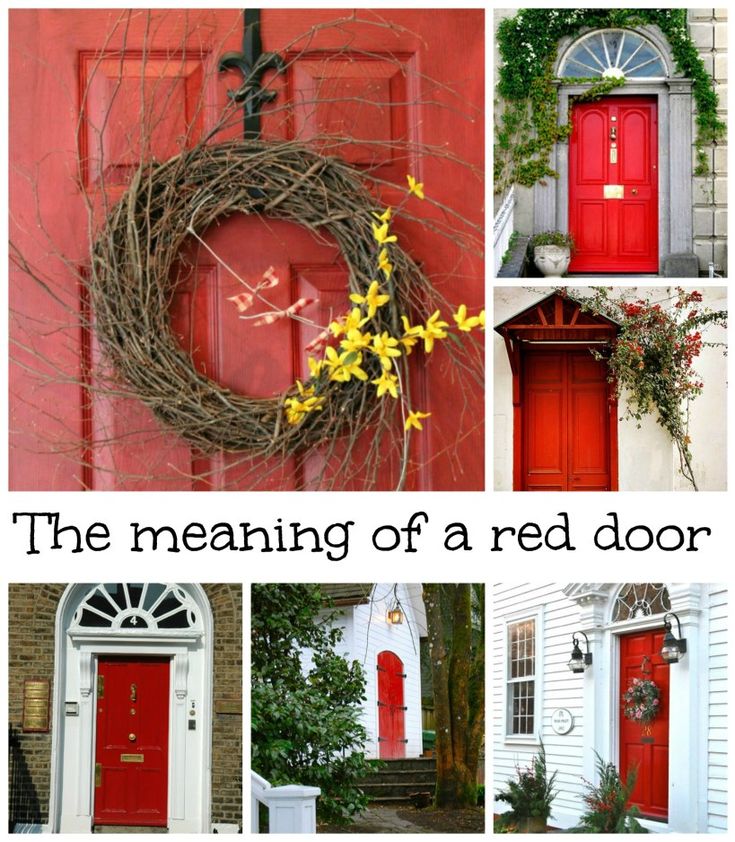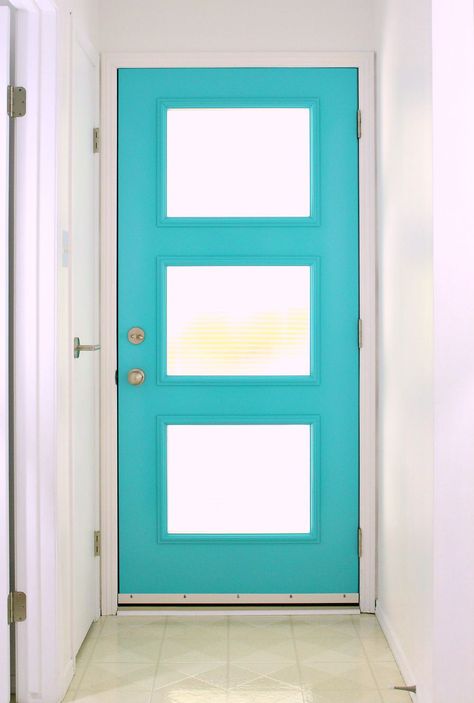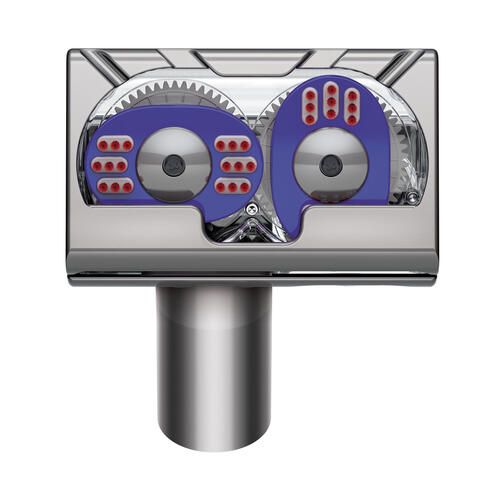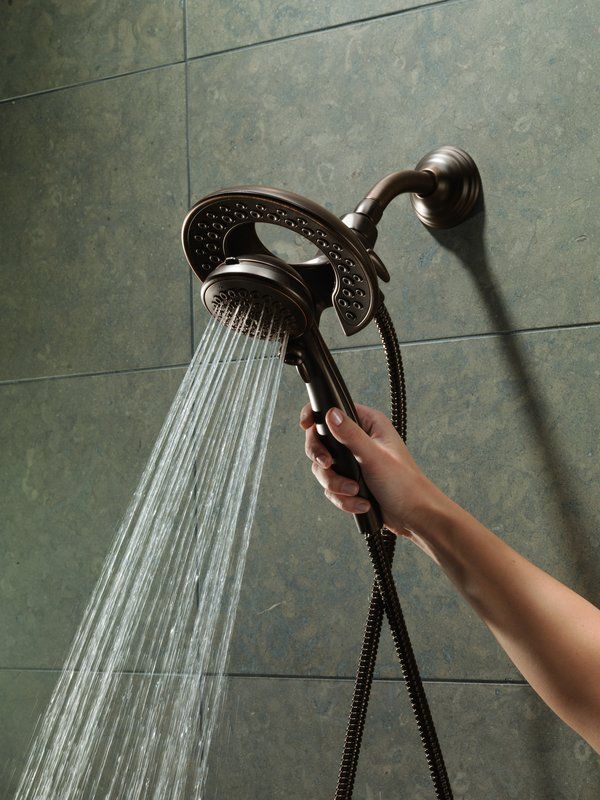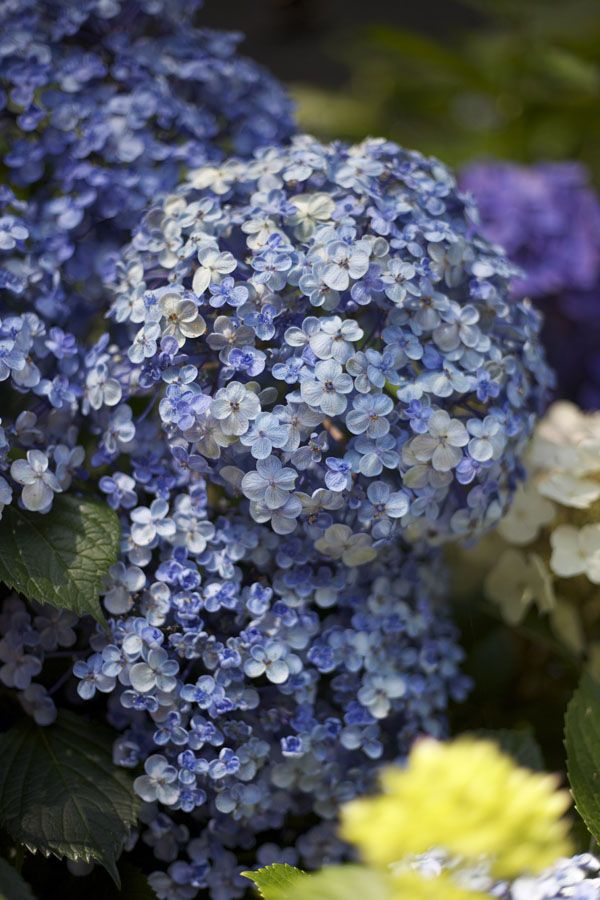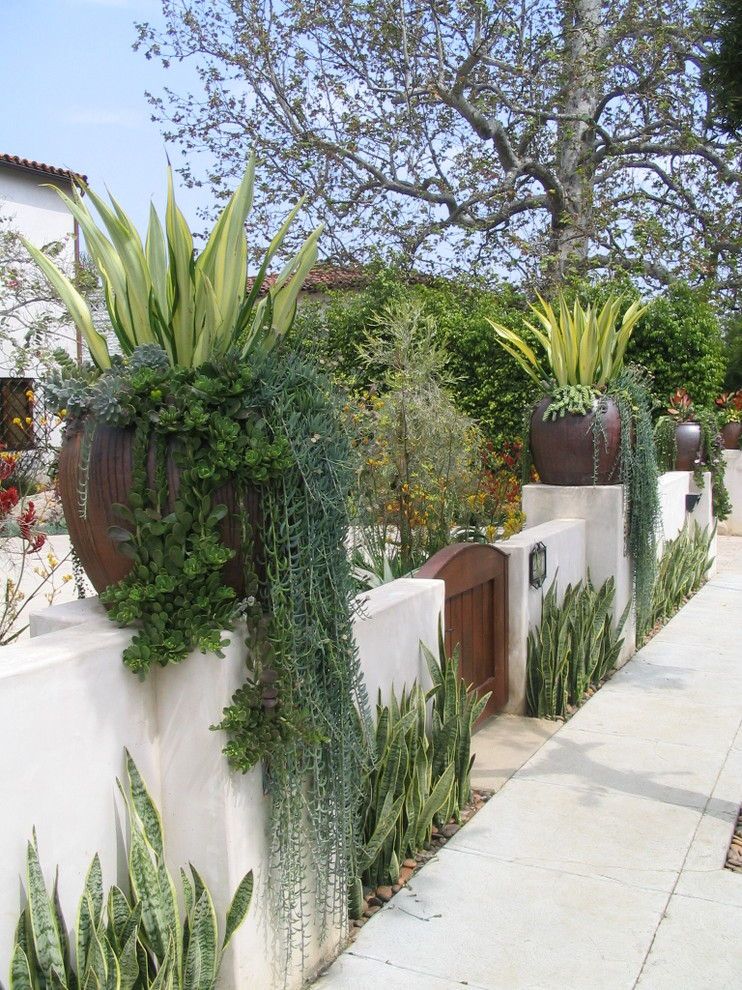Door color meanings
Front Door Color Meanings You Should Know
Back to Blog
The color on the outside of your home says a lot about the person inside.Perhaps you think the color of your entry door has more to do with your home’s curb appeal than your individual personality, but a colorful front door is much more than a fashion statement.
The color you choose for your main entryway says a lot about your personality, and it can have a strong impression on guests, too.
Let’s look at some popular door colors to learn more about them and why they can have such a strong impact on the front of our homes.
Red front doorsThis color has long been associated with gracious hospitality. In early American history, a red front door indicated travelers were welcome to spend the night. Perhaps this is why red is a popular front door color for many Colonial-style homes.
Red doors also indicated homes involved in the Underground Railroad where fleeing slaves could be safe. In Scottish history, a red door announced that the mortgage had been paid off. (“Out of the red,” so to speak.) And in Ireland, red doors were said to ward off evil spirits. If you prefer a red entry door, you may be a born entertainer who loves to open your door to surprise visitors and partygoers.
Black front doorsClassic black is the epitome of traditional elegance. Like the “little black dress” that looks great on everyone, a black front door looks good on every home style and is a trendy door color for modern-style homes.
The person who selects black is likely to gravitate toward the timeless and classic. If this sounds like you, we expect that once you open your door, we’ll be met with a well-organized, slightly formal interior.
Orange front doorsAn orange front door says, “refreshing fun.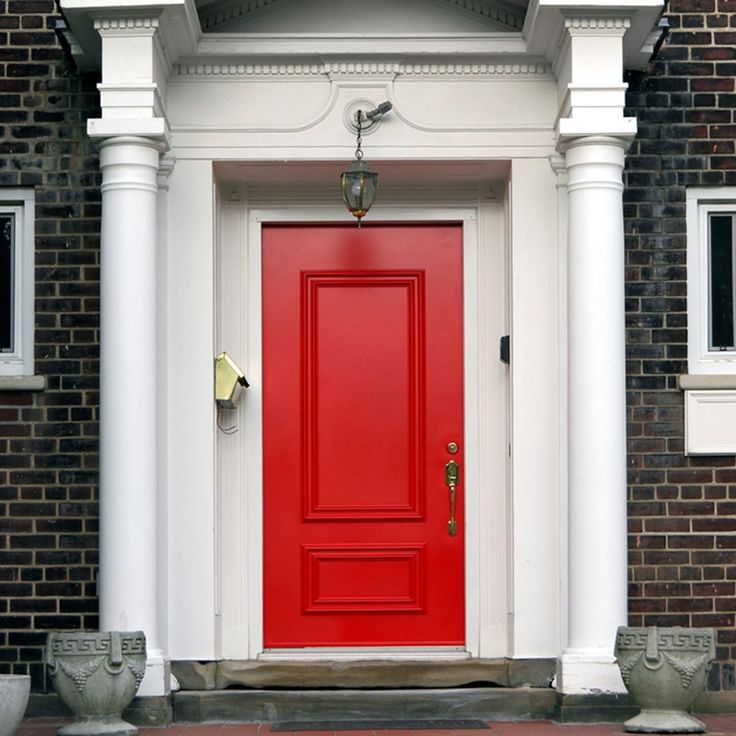 ” If you choose an orange door, you may be the life-of-the-party, gregarious, anything-but-shy type. An orange front door works well on modern or mid-century modern homes. But with your bold nature, you could make it work with any style.
” If you choose an orange door, you may be the life-of-the-party, gregarious, anything-but-shy type. An orange front door works well on modern or mid-century modern homes. But with your bold nature, you could make it work with any style.
The color blue includes a broad range of shades that cover a gamut of moods and personalities. A light blue door indicates a relaxed and casual style, making this color ideal for beachy and coastal homes. A deep navy blue or dark blue portrays a conservative and well-ordered nature, similar to black. And a bright royal blue door shouts, “Look at me! I’m fun! Let’s play!”
Natural wood or wood-look doors can range from the rich feel of handcrafted furniture to an earthy, more rustic look for your home. Those who prefer it relate to its character of natural strength and realism.
If you have a wood front door, your personality may be described as level-headed, practical, and down-to-earth.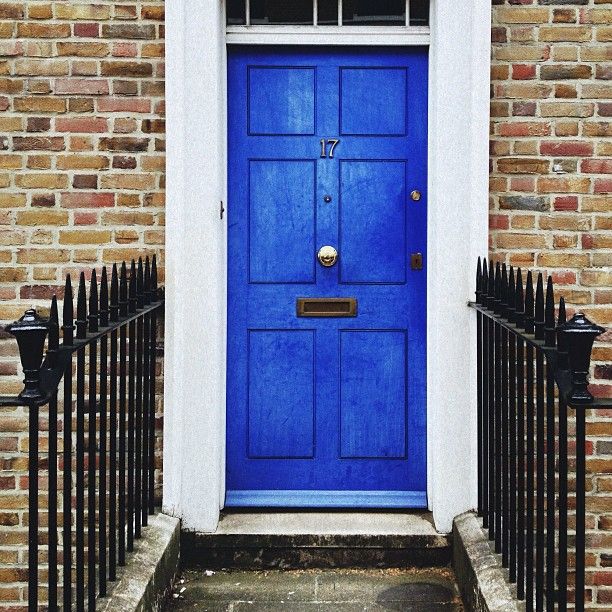 You appreciate the artistry of nature and the intricate detail of woodgrain.
You appreciate the artistry of nature and the intricate detail of woodgrain.
Like an orange door, a sunny yellow front door makes a bold statement. And, also like an orange door, a little goes a long way. This color works beautifully in the confines of the door itself but shouldn’t be spread to the exterior siding or trim unless you really love the look of a colorful home.
Yellow entry doors are bright and inviting and belong in the homes of people with an upbeat, positive disposition. Choosing a yellow door says you’re an optimist, and your bubbly personality is probably reflected in fun pops of color throughout the interior of your home.
Green front doorsTraditionally, a green front door reflects wealth, health, and safety. Not surprisingly, a green door works well on traditional-style homes.
If you’re the solid-citizen type with a confident nature, a deep, dark green may appeal to you.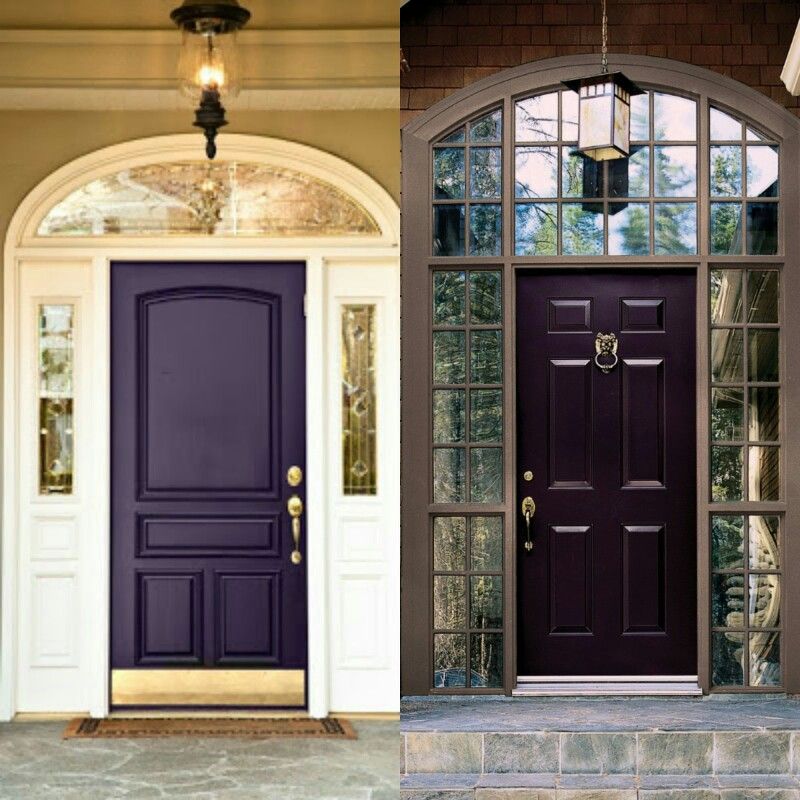 And if you prefer adventure and the great outdoors, a brighter, bolder green could be the perfect choice.
And if you prefer adventure and the great outdoors, a brighter, bolder green could be the perfect choice.
There’s something so pleasant about a turquoise door. This color symbolizes trust and calmness in Feng Shui design, which has to do with its colorful blend of blue and green.
If you’re emotionally balanced, have a hopeful nature, and believe anything is possible, a turquoise front door will proudly reflect your positivity to others.
White front doorsYes, white is a safe choice when it comes to choosing a front door color, but it also reflects a fresh, clean, airy feeling. If you gravitate towards the purity of white, you may be someone who likes things to be tidy and well organized and appreciates the spa-like beauty of simplicity and serenity.
Last but not least, a purple front door says a lot about the person who lives behind it. Yes, purple is the color of royalty, but like other colors, the shade you choose makes a big difference in where you stand in the royal family.
Yes, purple is the color of royalty, but like other colors, the shade you choose makes a big difference in where you stand in the royal family.
Choose a lavender color for your entry door, and it says you’re sophisticated. Pick a robust shade such as violet, and it might suggest you’re a bit brash or a risk-taker. And a deep, darker-colored purple simply says “rich.” You may not be wealthy, but you have expensive taste, and you don’t mind letting people know it.
Whatever your personality, Window World has an entry door design and color to match. Our smooth and woodgrain fiberglass designs are available in a wide range of colors and stains. Our consultants would love to discuss your ideas with a free consultation. Find the Window World store near you today.
Back to Blog
Looking for more?
Front Door Colors | Front Door Color Meaning
Posted on by Thompson Creek
The front door of a home plays a big role in a guest’s first impression.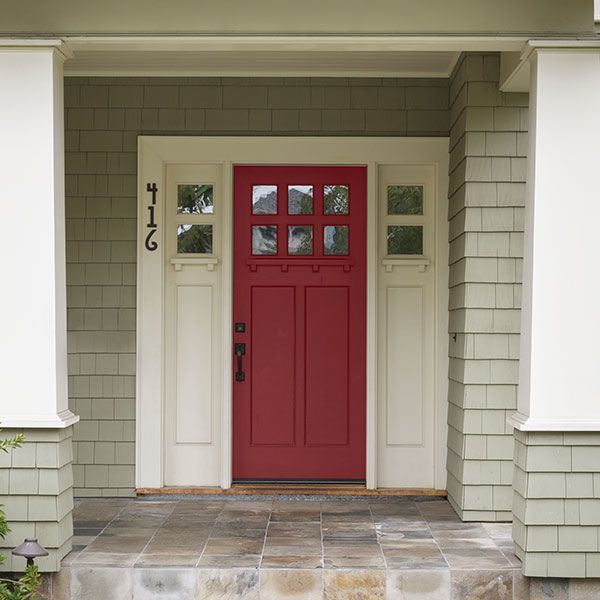 After all, your front door is the first thing your guests see before entering your home, and it makes an impact on your home’s overall curb appeal. The type of front door is important but, believe it or not, your choice of front door colors is even more important because the color you choose says a lot about you.
After all, your front door is the first thing your guests see before entering your home, and it makes an impact on your home’s overall curb appeal. The type of front door is important but, believe it or not, your choice of front door colors is even more important because the color you choose says a lot about you.
Not sure what your front door color meaning is broadcasting to the world? This guide will help you learn more about the different front door colors and their hidden meanings.
Red Front Doors
Red is a very popular color for front doors because it adds a bold touch to a home’s exterior. If you have a red front door, it probably means you like entertaining. It tells the world your home is always open for visitors. You’re always prepared for a surprise drop-in, so you also probably make a point to keep your bar stocked and food in the freezer for an impromptu barbeque.
Pink Front Doors
If your front door is pink, then you’re probably a romantic at heart. You’re a thoughtful and generous person who relishes in the details. Your drinks have creative garnishes and your pillows are monogrammed. You prefer to look at life with the proverbial rose-tinted glasses.
You’re a thoughtful and generous person who relishes in the details. Your drinks have creative garnishes and your pillows are monogrammed. You prefer to look at life with the proverbial rose-tinted glasses.
Light Blue Front Doors
A light blue front door tells the world you’re relaxed and you like things casual. You’re a good friend who’s also a great listener. You always try to look on the positive side and you bring the laughs to help boost someone’s dour mood.
Dark Blue Front Doors
Dark blue showcases your conservative side. You have an appreciation for historic things and family heirlooms. You may even have an addiction to antique stores. You prefer a calm and organized life, but you’re not so strict as to avoid letting your hair down occasionally.
Yellow Front Doors
Your yellow front door is a direct representative of your sunny disposition. You’re always cheerful and looking on the bright side of life. You love mornings especially, but you find something wonderful about every part of the day. You’re happy just being alive.
You’re always cheerful and looking on the bright side of life. You love mornings especially, but you find something wonderful about every part of the day. You’re happy just being alive.
Black Front Doors
A black front door is a classic and bold statement. You’re not afraid to speak your mind and you love a good mystery. You’re an independent sort who isn’t swayed by trends. Halloween may also be your favorite holiday, though this isn’t always the case.
Green Front Doors
A green-colored front door is usually found on the home of someone who loves the outdoors, their community, and their family. You’re peaceful and responsible and you probably have a green thumb to go with your door.
Orange Front Doors
If you have an orange door, you’re probably a warm-hearted friend who is spontaneous and not afraid of taking risks.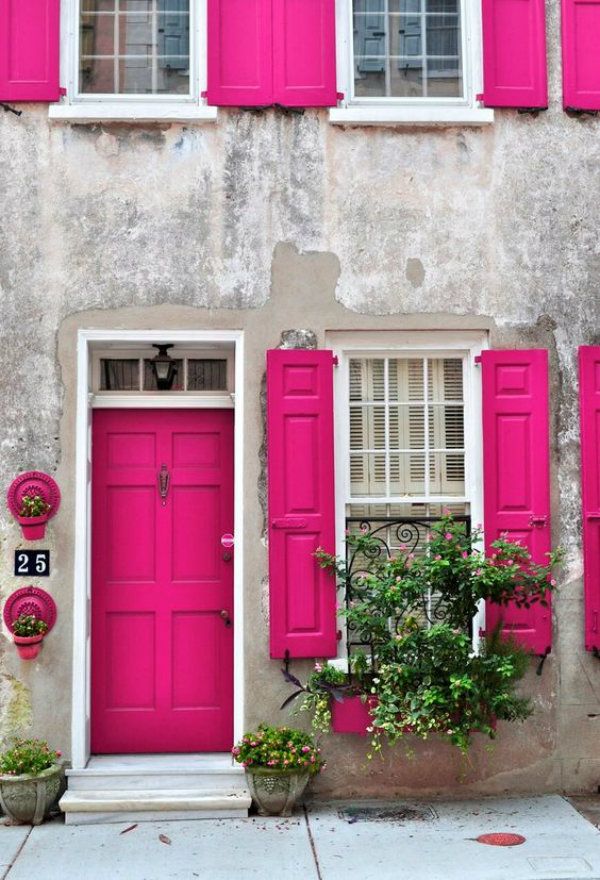 You are a go-getter and the one person in your group most likely to take charge when a party needs to be planned. Reliability is your middle name.
You are a go-getter and the one person in your group most likely to take charge when a party needs to be planned. Reliability is your middle name.
Purple Front Doors
Purple is an uncommon choice for a front door, but if you have one, then it probably means you’re an outgoing person who dreams big and isn’t worried about what others think of you. You’re a creative sort and a free spirit.
White Front Doors
A white front door usually opens to a very clean and organized home. Everything is in its place and clutter is non-existent. You revel in tidiness and you can usually only relax after things are cleaned up.
If you need a new front door and you have specific things in mind for its design, including the color, then Thompson Creek has the experience you’re looking for. At Thompson Creek, we do it all. We can design, build, and install your custom door. Just call the experts at Thompson Creek and get a free estimate for your new front door installation today.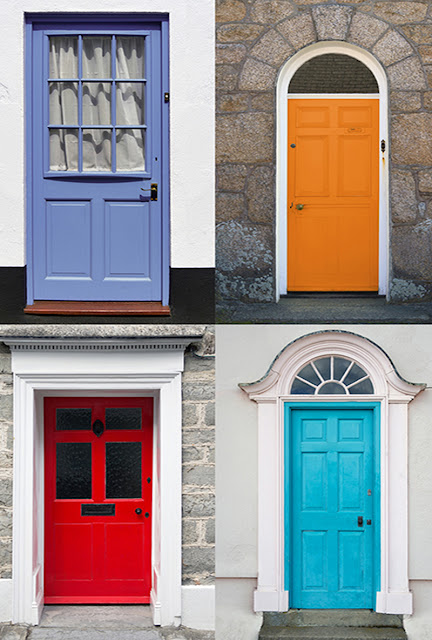
Every hunter wants to know | England
For most people, home is the most important place in life. It is not at all surprising that such a homely nation as the British has developed its own folklore around the theme of the house. Yes, and history adds a drop of interesting things to the domestic sphere. Many elements of the British home are more important than meets the eye. The shape of the living room, the location of the kitchen, or, for example, the design of the chimneys can tell a lot to someone who knows how to read such signs.
We'll start at the beginning and look at the doors, the normal front doors to a standard single-family house. Nowadays, they are most often factory-made and made of white plastic, but there are also bright ones: blue, green, red and many others, while the oldest doors remain committed to black. In fact, each color has its own meaning, sometimes very ancient, developed several centuries ago.
Red
pixabay.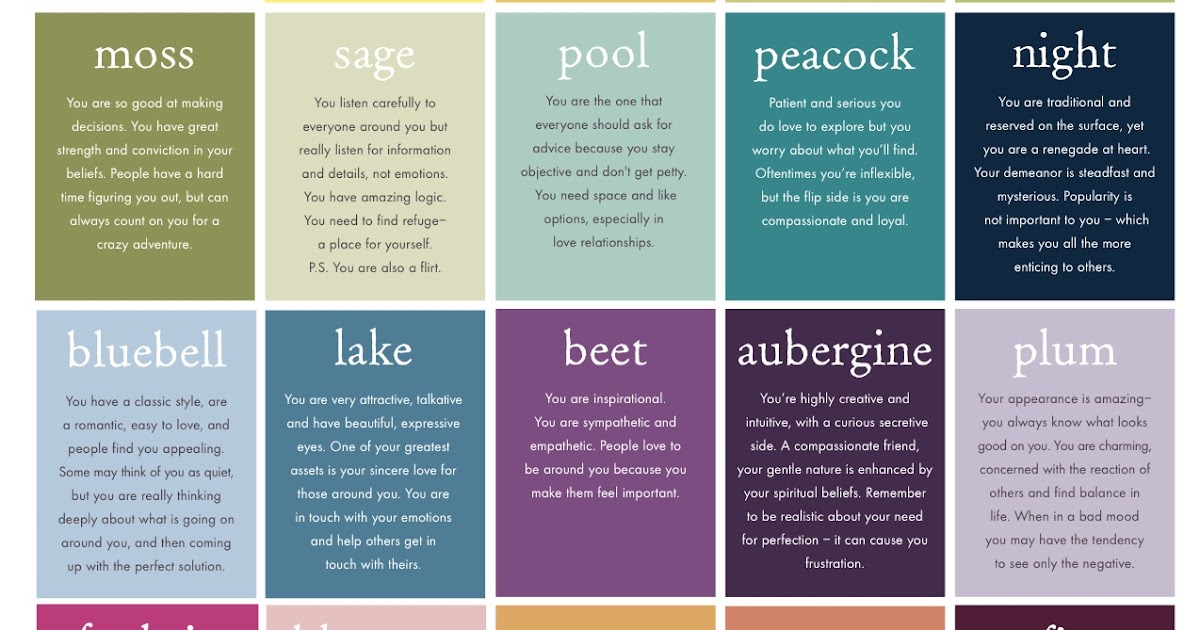 com
com
The rarest color is probably red. This is how it happened historically.
Now, when we start painting something, we buy synthetic paints in a hardware store, but several centuries ago they were made by hand from natural ingredients - minerals, clay, plant sap and other organic substances. Red and purple paint was made from shellfish caught in the Mediterranean Sea and other hard-to-find ingredients. In Britain, it was exclusively imported and was very expensive. Only the richest people in England could use it widely: spiritual leaders, the most noble nobles and the royal family, which they did, wanting to emphasize their status.
As a result, officer uniforms, royal ceremonial robes, costumes of royal palace workers and symbols of organizations with royal status, such as The Royal Mail, are painted red.
The entrance doors to the richest houses in London used to be red. Since then, a lot has changed, the average Briton has access to any paint, and the tradition of doing without red has already formed and, as they say, dictates the rules.
Now those who live behind bright red door leaves are perceived in England as fans of the royal family and great lovers of all things English.
Scotland has its own story - homeowners paint the doors of their house red after paying off the mortgage they took out to buy it.
The Irish have always perceived red differently: they have long made a local version of the reddish-brown paint. When they painted the front door with it, it meant that any traveler could ask to stay in the house for the night and they would not ask him for money. Over time, Irish emigrants brought this tradition to America.
Black
The abundance of black doors in London, oddly enough, owes its appearance to red doors. At the end of the 18th century, cheap red paint appeared, and in the 19th century they began to paint everything with it. Then the most noble and wealthy Londoners began to feel vague dissatisfaction with the fact that their door was red (after all, the color had ceased to be elite), and began to slowly repaint them.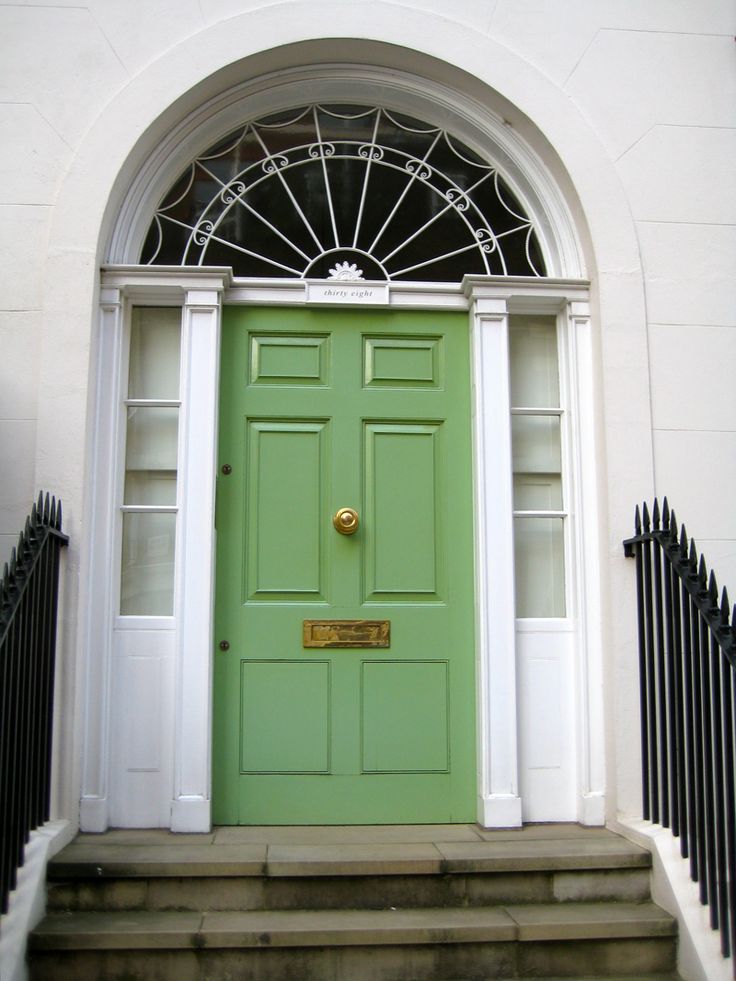 They chose black because it did not evoke indecent or unpleasant associations for the establishment. Until now, black doors are most often found in the most expensive areas of the city.
They chose black because it did not evoke indecent or unpleasant associations for the establishment. Until now, black doors are most often found in the most expensive areas of the city.
Blue
123rf.com
Blue or blue door leaves now reflect only the taste of the owner, but a couple of centuries ago, the doors of brothels were traditionally painted blue - this was one of the signs of this kind of establishments.
It was forbidden for brothels to hang signs, it was considered a violation of social decorum. Therefore, the owners had to come up with other ways to inform passers-by about their institution - first of all, by painting the doors in a certain color. The second sign was the image of a cat somewhere in a conspicuous place, since cats were considered a symbol of debauchery.
In Protestant Holland, where there was also a ban on brothel signs, a red lantern was hung over the entrance to port establishments for the same purpose.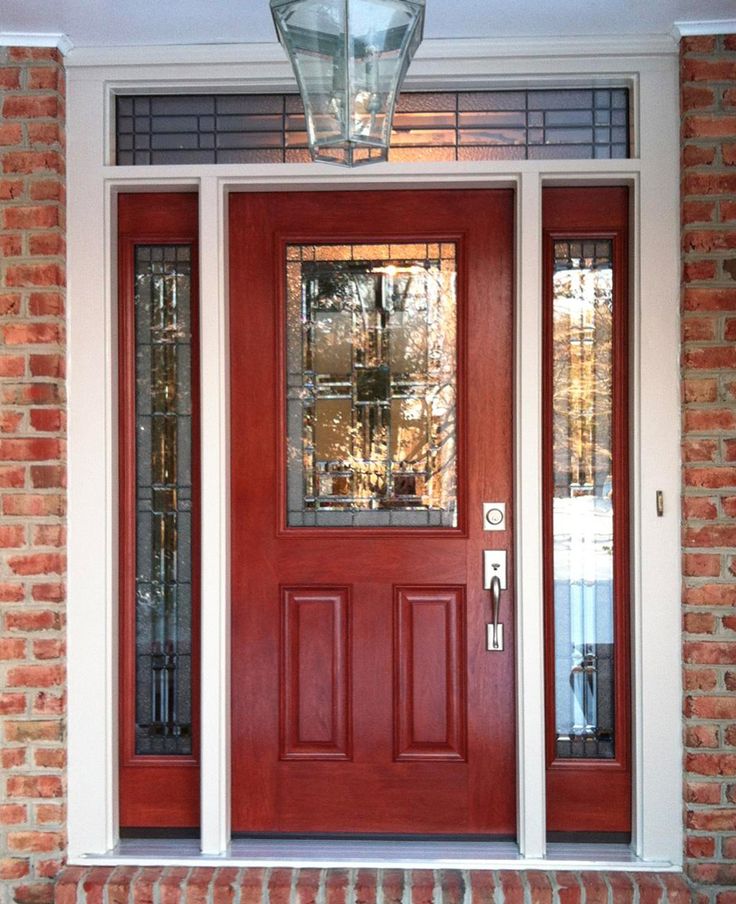 Later, thanks to sailors, this tradition spread throughout the world. This is how the concept of the "red light district" was born, but the English secret sign disappeared in the abyss of history. So if your neighbor has a blue door, and a cat is constantly sleeping on her windowsill, this does not mean at all that the seeds of vice have sprouted in her house.
Later, thanks to sailors, this tradition spread throughout the world. This is how the concept of the "red light district" was born, but the English secret sign disappeared in the abyss of history. So if your neighbor has a blue door, and a cat is constantly sleeping on her windowsill, this does not mean at all that the seeds of vice have sprouted in her house.
Green
123rf.com
Green doors are very common and many Britons associate with childhood and vacation trips to their grandmother - for rural residents and farmers this color has been in use for many centuries. In the old days, it was believed that green details drive away evil spirits from the inhabitants of the house, and this belief is very old, even from Celtic times. The Celts worshiped the spirits of nature. After their traditions mixed with Christian ones in England, green - the color of lush flora - occupies a special place in the pantheon of superstitions.
I'm not sure if it's some mystical properties of Homebase green paint or just warm childhood memories, but real estate agents unanimously assure that painting doors in grass green shades during presale increases the price of a house at once for several thousand pounds.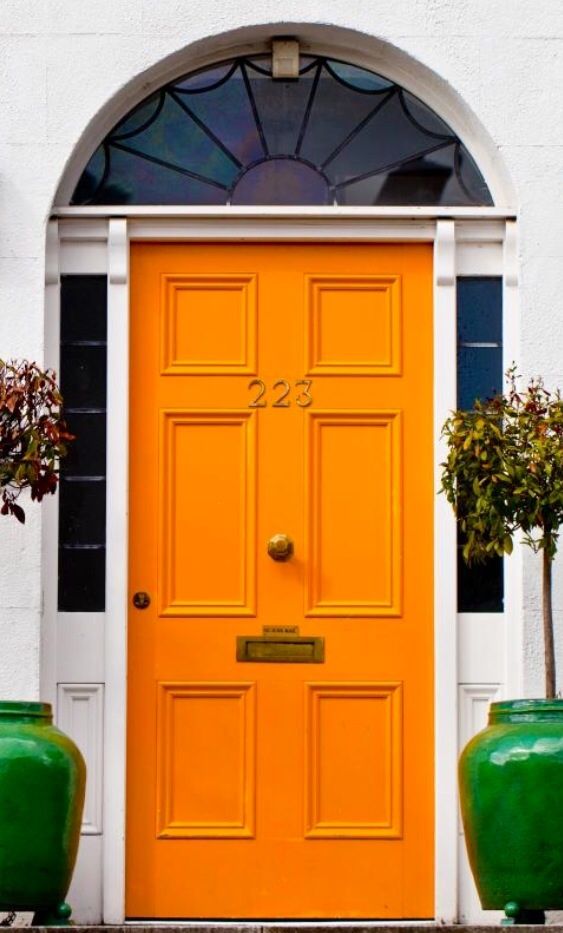
Yellow
123rf.com
Yellow is also historically considered rural. In the good old days, cheerful, sunny colors were painted on their doors by people involved in the sale or manufacture of products that in Britain are collectively referred to as dairy: milk, butter, cream, cheeses or sour cream. Another symbol of the profession of a milkman or milkmaid was yellow flowers - a garland or a bouquet was tied over the door, they also decorated the house on holidays. The farm's yellow door told passers-by that they could always buy a pint of milk or a dozen eggs. Now farmers just hang a sign, but in an era when people from simple classes could not read without exception, door painting worked more reliably. True, in some parts of the country, yellow was considered a color that brings misfortune, but now both a bad omen and a connection with milkmen have already been forgotten.
https://www.flickr.com/photos/anguskirk
White
123rf.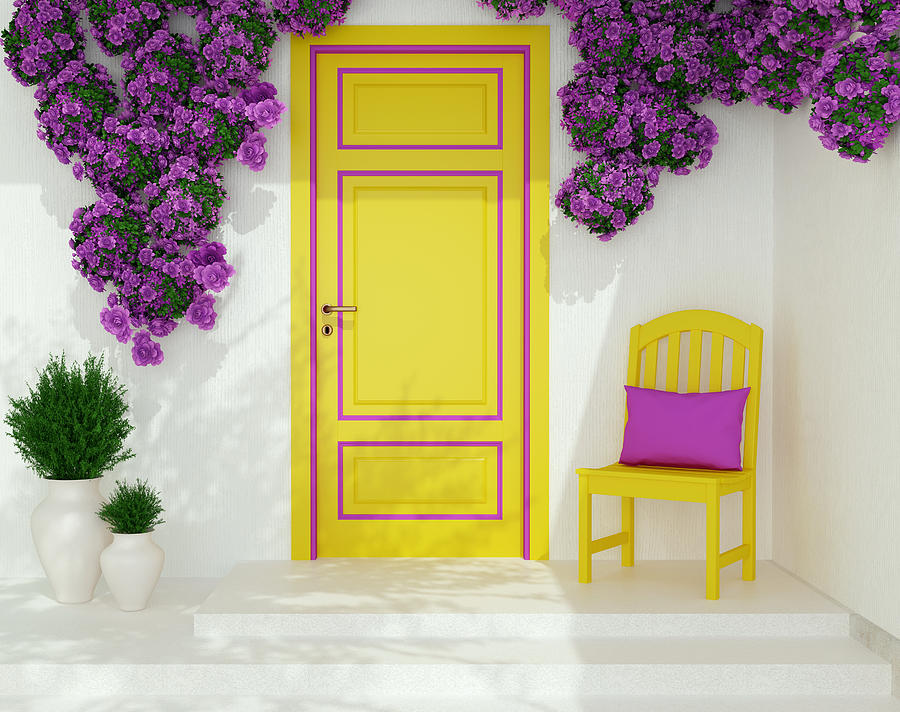 com
com
At first glance, white color seems not very practical, but in the old days it was used quite often - wooden doors were simply whitewashed at the same time with lime or chalk walls, which were very inexpensive. This was done both in the city and in the countryside. In the past, this was the cheapest way to paint a house, so white doors are still rarely installed in expensive mansions: paint prices have changed, but prejudice remains. Now this is probably the most common and most faceless option, reflecting mainly the triumph of cheap and practical ready-made plastic doors over piece ones.
Knock knock knock!
pixabay.com
If desired, the door can be additionally decorated with a door knocker - they also have their own symbolism since ancient times. So, a mallet in the form of a lion's head with a ring in its teeth was usually placed on the doors of expensive houses intended for the powerful: the lion symbolized power. The deer head was an invariable attribute of housing located close to the forest, and often marked the dwelling of a huntsman or hunter.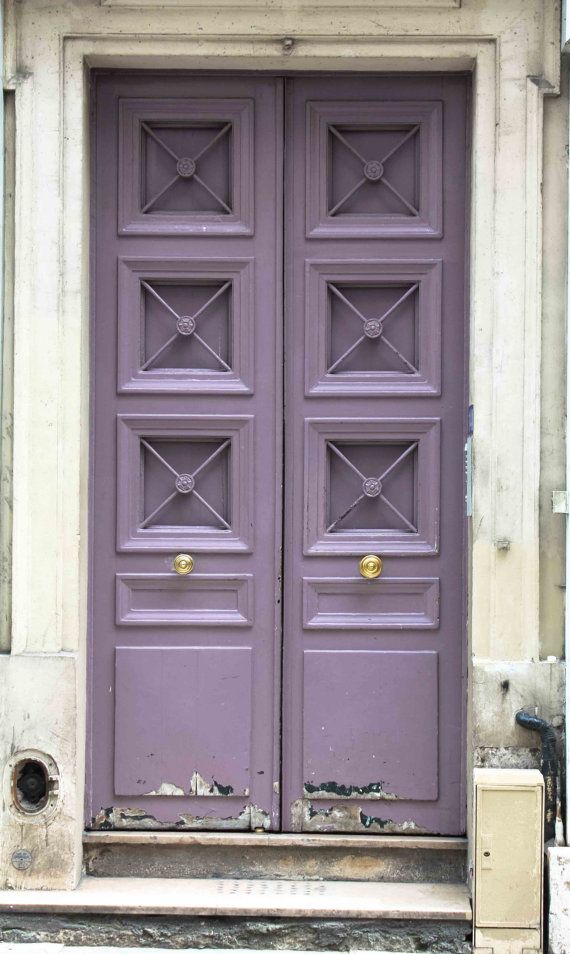
Not without biblical references. Over time, the religious meaning of the signs was forgotten, but in past centuries people were noticeably more pious than they are now, and read the subtext without difficulty. The hammer in the form of a hand was intended to remind of the hand of God, two clasped hands were supposed to tell the traveler that the inhabitants of this house were ready to help their neighbors in a Christian way, and the bird literally invited: come in peace. The most common version of a hammer with a base in the form of an urn is also not devoid of religious symbolism and was supposed to remind of the frailty of life.
What about other colors? Let's say brown, purple, pink? Real estate experts believe that rare shades can add character to your home, but do not recommend using them if you are going to put it up for sale in the near future.
Prepared by Elena Chernova
The color of the entrance doors and the design of the entrance to the house.
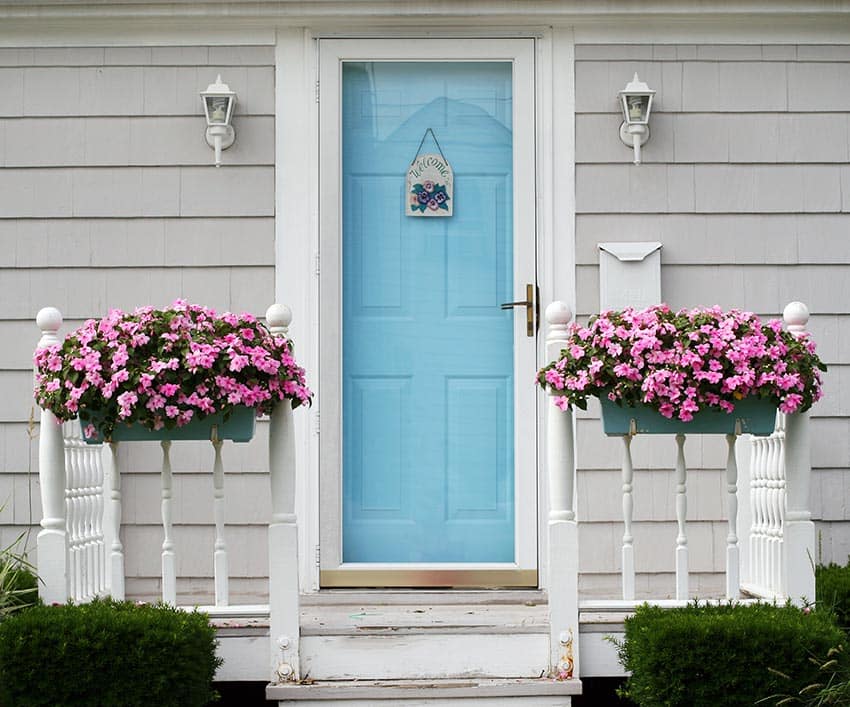
main - Plot
Andrey Dachnik September 23, 2016
Why is the appearance of the entrance to the house so important in architecture and life?
The appearance, aesthetics, design and architectural solution of the entrance to the house, the color and texture of the entrance doors are of great importance for creating the atmosphere of the home. Entrance doors serve as a gateway between two worlds - the intimate world of the home and the outside world of everyday life. Passing through the entrance doorway, a person seems to be reborn: from his domestic role of a child, spouse or parent, he turns into one of the public social roles. Returning home, and passing through the door, a person discards social roles, again turning into himself. The entrance to the house is a transition point, a portal where it is possible to leave fatigue, sadness, vanity, disappointment, a broken heart and dive into the world of comfort, good rest and unconditional love.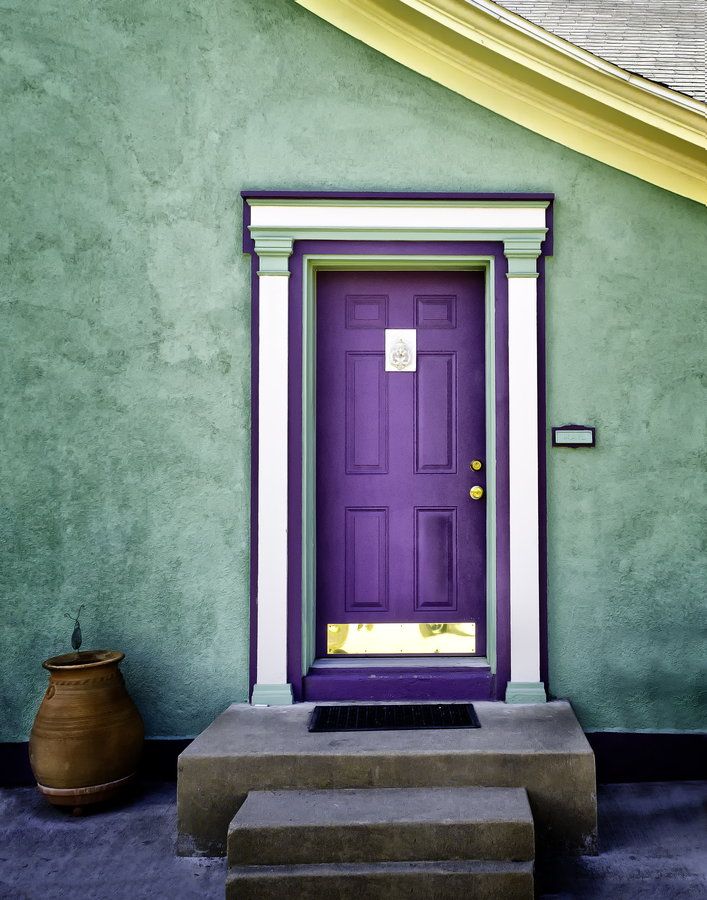 Going out into the world, in the doorway you can put on ambitions, ideas, energy and grandiose plans. The entrance to the house, the front door is perhaps one of the most important symbols of the house.
Going out into the world, in the doorway you can put on ambitions, ideas, energy and grandiose plans. The entrance to the house, the front door is perhaps one of the most important symbols of the house.
Since ancient times, there have been magical rituals associated with the burial of dead ancestors, children and sacrificial animals under the entrance threshold of the house (You can read more about this in the book "Bath. Essays on ethnography"). The entrance to the house and the entrance threshold became the most important magical amulet of the inhabitants of the house. The stone at the threshold possessed magical powers that could scare away the forces of evil and drive a bad person away from the house, and the threshold was a magical line of transition from one state to another. It is no coincidence that a huge number of magical witchcraft rituals are associated precisely with the threshold.
For the first time in history, images of entrance doors appear in paintings inside Egyptian tombs.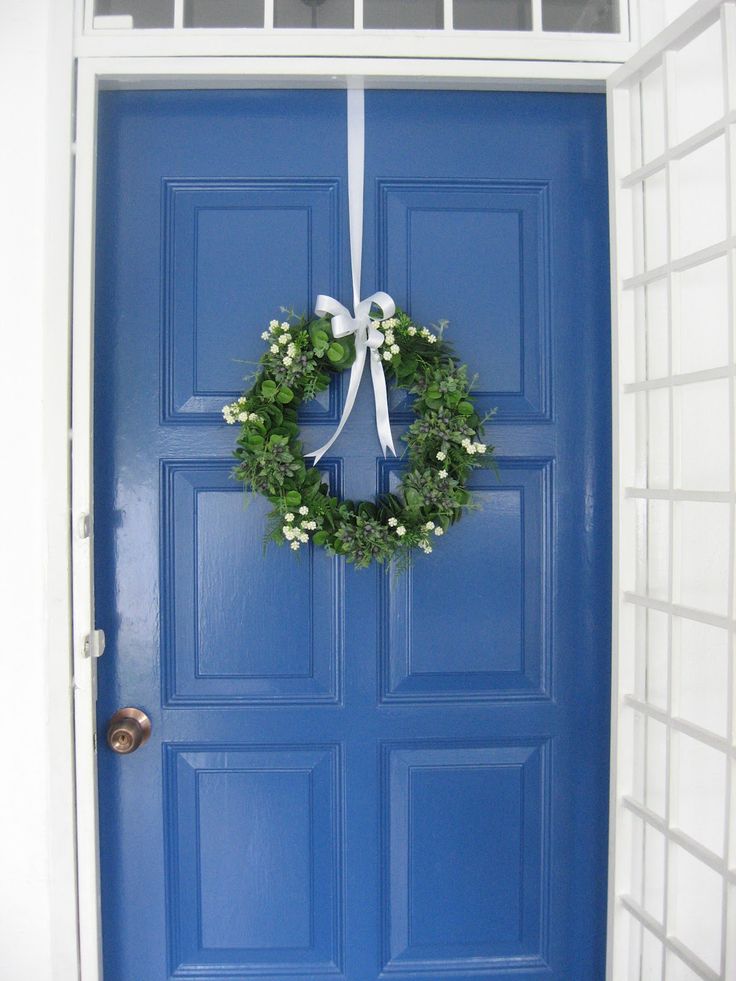 The ancient Romans used sliding doors and folding doors of two or three elements. The Roman god Janus became the god of doors and doorways. Not surprisingly, the two-faced Janus was also the god of time, transitions, beginning and end - in a word, with everything connected with doors and entrances. All these symbolic meanings are preserved at the door today. An open door is a symbol of hospitality, while a closed door means a dead end and a limit. In order for the entrance to the house and the front door to fulfill their magical and ritual functions, they were decorated in a special way to evoke strong emotions in the person entering them. Only the doors to the outbuildings, which performed only a utilitarian role, remained invisible, undecorated.
The ancient Romans used sliding doors and folding doors of two or three elements. The Roman god Janus became the god of doors and doorways. Not surprisingly, the two-faced Janus was also the god of time, transitions, beginning and end - in a word, with everything connected with doors and entrances. All these symbolic meanings are preserved at the door today. An open door is a symbol of hospitality, while a closed door means a dead end and a limit. In order for the entrance to the house and the front door to fulfill their magical and ritual functions, they were decorated in a special way to evoke strong emotions in the person entering them. Only the doors to the outbuildings, which performed only a utilitarian role, remained invisible, undecorated.
Modern flat undecorated doors of boring colors also do not fully fulfill their ritual-magic functions of purification, transition and reincarnation: after all, strong emotions play a key role in these processes.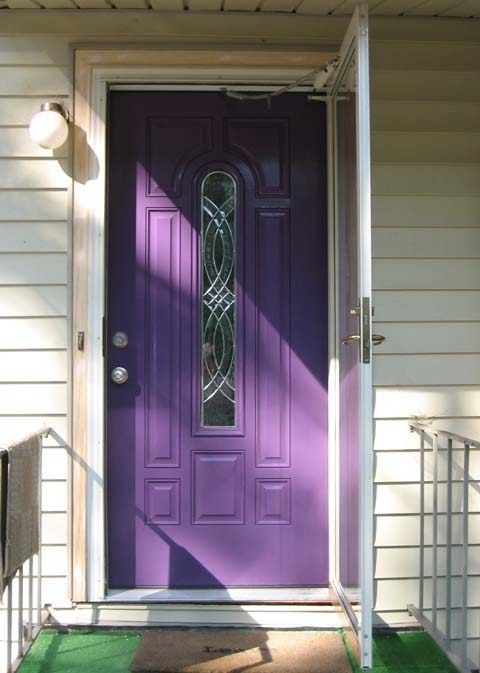 Therefore, the doors to the temples were always decorated with special care. In Russia, to protect the entrance to the house in pagan times, they drew guard Varangian runes on the entrance stone or carved on the jamb, fastened a horseshoe (with the open part upwards) over the entrance, stuck charmed needles, nails or hung an ax or knife over the doors. In Christian times, pagan symbols were replaced by the Crucifixion. In the houses of ancient Rome, doorposts were sprinkled with the blood of lambs, and believing Jews are still required to hang mezuzahs on the doorposts of their houses - cases with verses from the Torah written with a quill pen on parchment. At present, the religious and magical aspects of decorating the entrance to the house have receded into the background and the third plan, and the aesthetic side has come to the fore: after all, by the entrance to the house, others judge its inhabitants. Strong positive emotions at the entrance to the house of guests and family are now called upon to evoke bright colors, flowers, green spaces and other decorating techniques, the purpose of which is one - to soften the heart and soul of the person entering the house.
Therefore, the doors to the temples were always decorated with special care. In Russia, to protect the entrance to the house in pagan times, they drew guard Varangian runes on the entrance stone or carved on the jamb, fastened a horseshoe (with the open part upwards) over the entrance, stuck charmed needles, nails or hung an ax or knife over the doors. In Christian times, pagan symbols were replaced by the Crucifixion. In the houses of ancient Rome, doorposts were sprinkled with the blood of lambs, and believing Jews are still required to hang mezuzahs on the doorposts of their houses - cases with verses from the Torah written with a quill pen on parchment. At present, the religious and magical aspects of decorating the entrance to the house have receded into the background and the third plan, and the aesthetic side has come to the fore: after all, by the entrance to the house, others judge its inhabitants. Strong positive emotions at the entrance to the house of guests and family are now called upon to evoke bright colors, flowers, green spaces and other decorating techniques, the purpose of which is one - to soften the heart and soul of the person entering the house.
In the header photo: Flowers on the steps at the entrance to a house in Sigrutna, Sweden. © 2015 Text, photos - Andrey Dachnik.
| |||
| |||
| |||
| |||
| |||
| |||
| |||
| |||
| |||
| |||
| |||
| |||
| |||
| |||
| |||
| |||
| |||
| |||
| |||
| |||
| |||
| |||
| |||
| |||
| |||
| |||
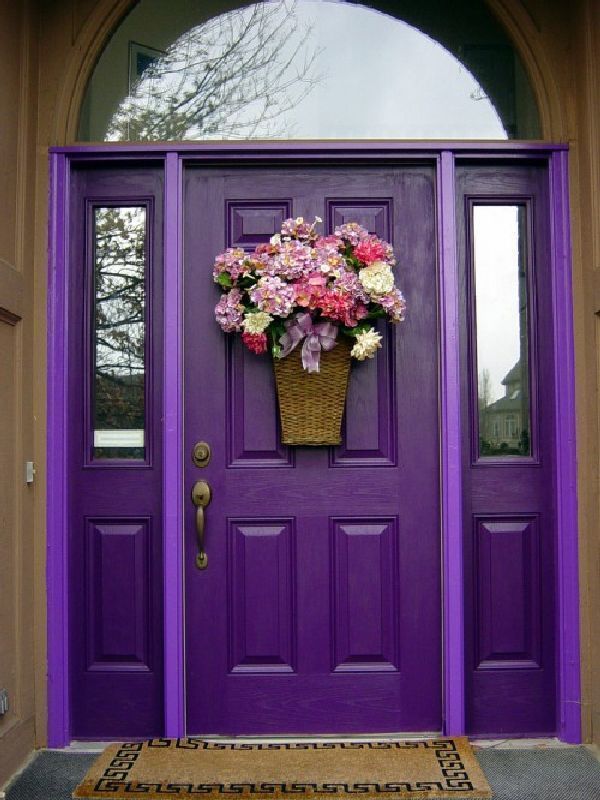 Yes, this is the color of comfort and relaxation, but relaxation is at an end and the end of the life cycle. Brown color is the choice of the majority, "an elderly person from the crowd" already without ambitions and big plans for the future.
Yes, this is the color of comfort and relaxation, but relaxation is at an end and the end of the life cycle. Brown color is the choice of the majority, "an elderly person from the crowd" already without ambitions and big plans for the future. 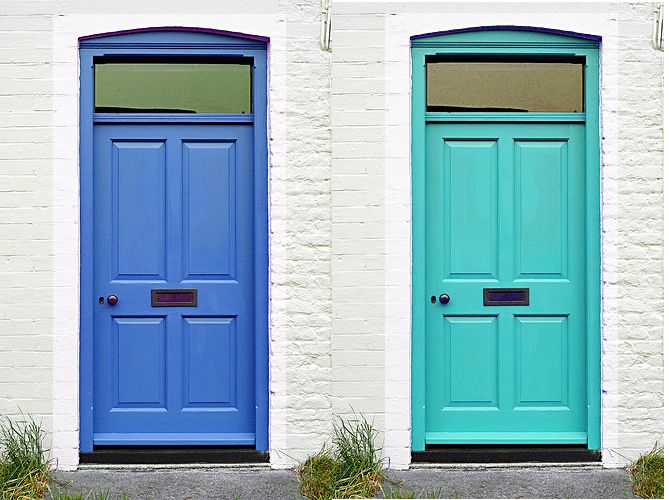 Therefore, until now in China, red front doors are associated with wealth, prosperity and position in society. The same line can be traced in European culture: in Scotland, it was allowed to paint the front doors red only to homeowners who paid off their mortgages in full. In feng shui, a red front door signifies a welcoming home. In North America, those houses were marked with red doors, the owners of which were glad to invite travelers to spend the night or stay.
Therefore, until now in China, red front doors are associated with wealth, prosperity and position in society. The same line can be traced in European culture: in Scotland, it was allowed to paint the front doors red only to homeowners who paid off their mortgages in full. In feng shui, a red front door signifies a welcoming home. In North America, those houses were marked with red doors, the owners of which were glad to invite travelers to spend the night or stay. 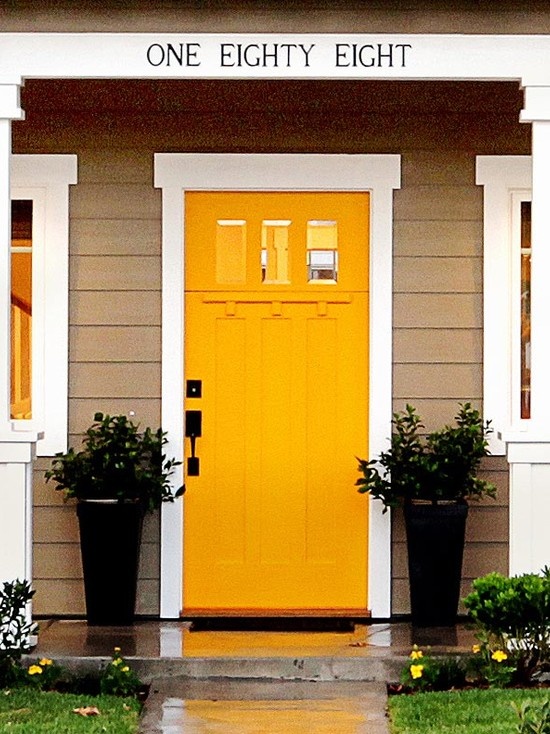
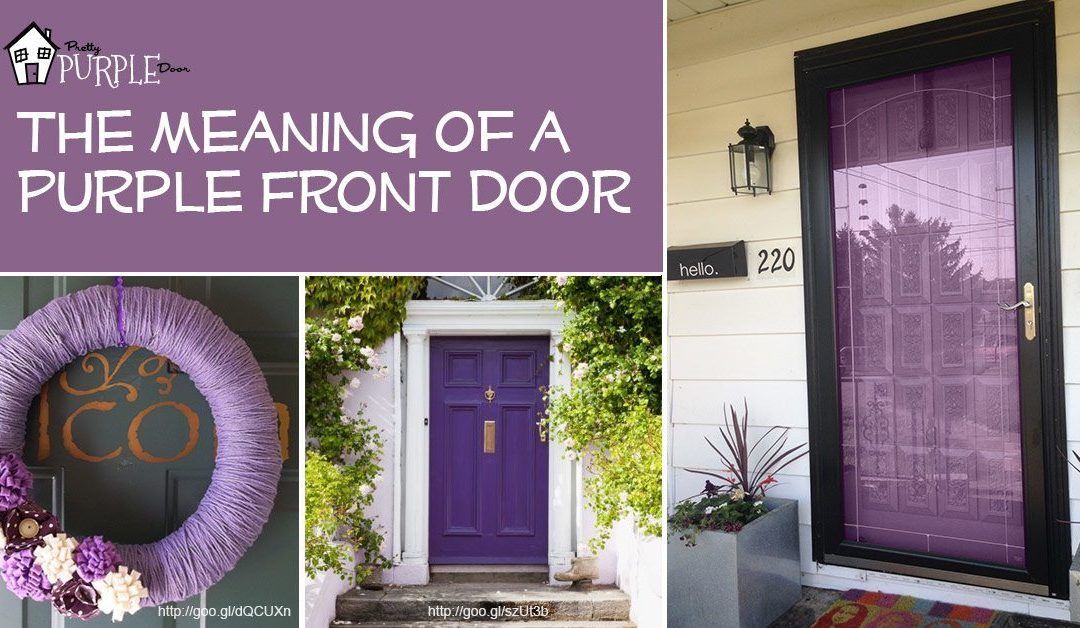
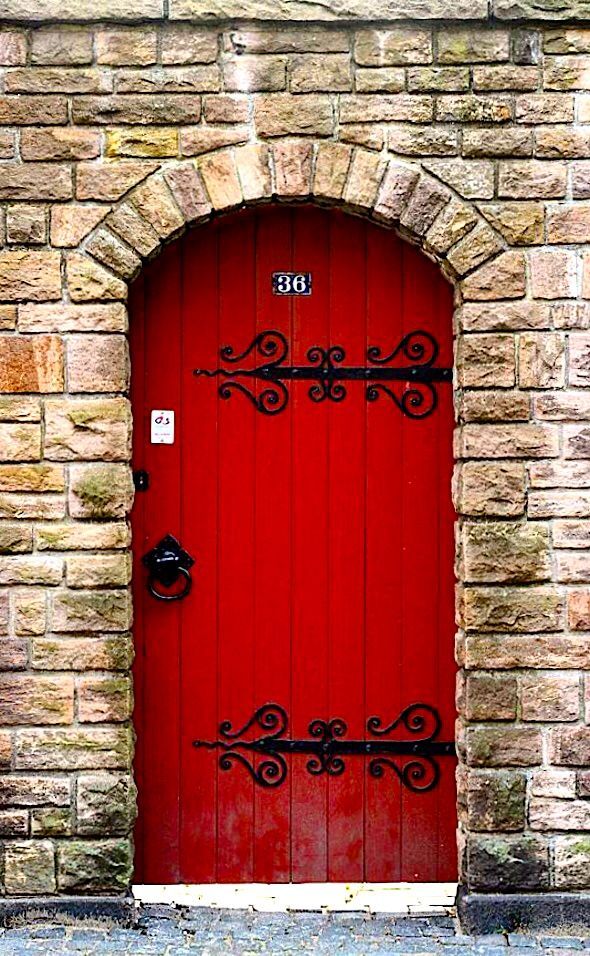 Black is the color of the absolute matter of the Earth, and hence the extinction, death, sadness, darkness of backwardness and crime. This is the color of the doors to the chapel, but not to a residential building. However, the black color allows you to absorb everything that enters it and remain invisible to those who wish it. However, the color of black cars says the same about their owners. Gray doors are slightly more optimistic black doors, the owners of which do not yet deeply desire to isolate themselves from the world.
Black is the color of the absolute matter of the Earth, and hence the extinction, death, sadness, darkness of backwardness and crime. This is the color of the doors to the chapel, but not to a residential building. However, the black color allows you to absorb everything that enters it and remain invisible to those who wish it. However, the color of black cars says the same about their owners. Gray doors are slightly more optimistic black doors, the owners of which do not yet deeply desire to isolate themselves from the world. 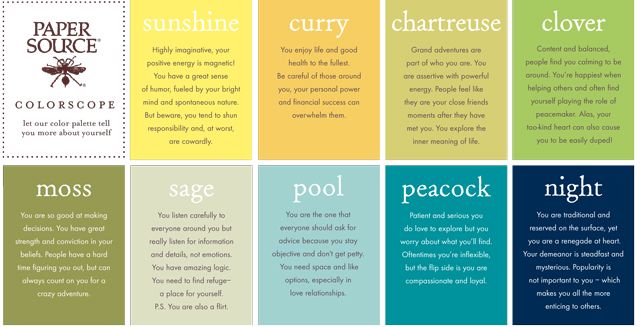 The most important role in creating a certain mood is played by decoration and landscaping - these techniques are practically never used in Russia in an urban environment, and are used very discreetly in country houses. But in vain: even in a concrete environment there is room for design ideas, as, for example, at this entrance to an apartment building in Helsinki.
The most important role in creating a certain mood is played by decoration and landscaping - these techniques are practically never used in Russia in an urban environment, and are used very discreetly in country houses. But in vain: even in a concrete environment there is room for design ideas, as, for example, at this entrance to an apartment building in Helsinki. 